Last Updated: February 14th, 2020
If I could tell the story in words, I wouldn’t need to lug a camera. – Lewis Hine
In the past few months, I have been spending some of my free time combing through many scientific studies on photography. It goes without saying, but I’ll say it anyway, I am a nerd. But, I consider myself a “nerd with a purpose”, and that purpose is to educate myself, see the world a little differently, and share some of these revelations with you.
One of the most impressive things about much of the research I’ve been going through is just how much emphasis is placed on photography as an art form that has the functionality of language. Many photographers already have the thought that sharing their photos is a way to convey something to other people. It’s maybe not the images themselves that are striking, but in how people can relate to them through the unspoken language of photography.
With the stage set, the goal of this article is to provide a detailed look into one simple question: what do viewers find interesting in a photograph?
I have come across many articles talking about photography rules that can be applied to make an image more compelling from a compositional perspective, and I will highlight some of these below. But, the larger scope of this article is going to go beyond what is normally discussed in photography circles.
My goal is to get a better sense of what makes a viewer (be they a photographer or not) engage with a photograph. Interesting things, by definition, make us want to know more. For myself, some heavily related questions that come up when looking to identify what photography viewers find interesting in a picture include:
- What makes their brains get stimulated when they see one image vs. another?
- What kind of content makes them interested?
- What makes them bored?
We’ll talk about these things and more…but first…
The Influence of Interest on Our Daily Lives
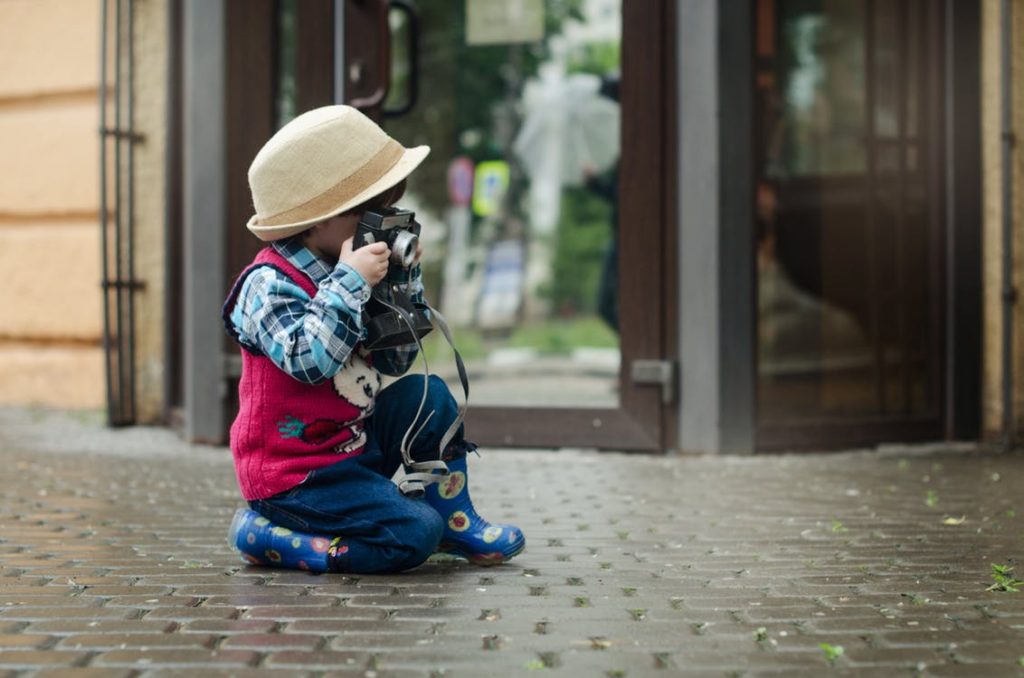 I want to talk about “interest” as a broader subject of discussion. By chiming in on this just briefly, we’ll be able to better prepare ourselves for understanding what interests a photography viewer to engage with a picture in front of them.
I want to talk about “interest” as a broader subject of discussion. By chiming in on this just briefly, we’ll be able to better prepare ourselves for understanding what interests a photography viewer to engage with a picture in front of them.
We all have interests of some type.
Our interests can be broken up into a couple different buckets such as:
- Required interests
- Fleeting interests
- Personal interests
- Professional interests
Let’s talk about each of these just a little bit (don’t worry – the rest of this article will make more sense with having had this discussion!)
Required Interests
These are things every person is forced to be interested in – whether they like it or not.
Some required interests are so basic that we don’t think about it – like our interest in having oxygen to breath.
Others are heavily constructed by society, and while we could potentially escape them, the fallout from doing so is most likely very undesirable for the average person. In the USA at least, there is a pretty basic expectation that people will graduate high school (or – get an equivalent diploma such as a GED). Sure, some people don’t do this – but the ramifications are pretty severe (in this case – inability to get a well paying job, social stigma, etc.).
While simple, these interests are also the ones that we most heavily share with everyone around us. For the most part, these aren’t really the type of things that will define us, but they are a required framework on which our personalities can be built.
Fleeting Interests
You know that feeling when you get really, really into something?
Then a week later, you stop caring about it entirely?
I experience that from time to time. It was especially common growing up as I was learning the things I was into (and not into).
Every person will have a different experience with their fleeting interests, but the reason why I find them important to keep in mind as we look to examine photography viewership is because it is a small element of a person that can (potentially) having a lasting impact on how they perceive things in the future.
For myself, a fleeting interest I had was collecting movies. It was pretty intense, and I liked to get into increasingly niche and foreign films as a result. This process certainly opened my eyes to some interested films in it’s own right, especially when I went down the path of looking at those in the Criterion Collection of films like The Seventh Seal by Ingmar Bergman. These days, I don’t spend a dime on DVDs, and pretty much have all of my old collection sitting in a bin somewhere (or has been otherwise sold off). Still, this process left a lasting impression. It was fleeting, but not entirely without purpose – even if the purpose was ultimately to show me something I didn’t really care for!
Personal Interests
The things that grab your attention most, and for long stretches of time (maybe even a lifetime) – these are the things that help to define us as people. Often, these things will dictate what kind of people we hang out with, where we end up living, and so on.
When I was a kid, Lord of the Rings took my life by storm. One could say it was nearly an obsession given I managed to squirm myself into 10 viewings of The Return of the King on the big screen. Plus, between reading the books, watching the extended editions of the movies, building LOTR Lego sets, beginning to learn the Elvish language, playing the video games, and engaging in ritualistic painting of little figurines as a part of the Lord of the Rings tabletop game (I dare you to check that out if it’s remotely within your realm of interests)…you could say I was fairly immersed in the world.
Professional Interests
Finally, those things we dedicate our lives to are the most intense interest experiences we have.
They are intense for the very reason that we are in contact with them frequently. And, because we want to engage in them!
I am fortunate to have been able to explore my personal interest of photography, which was once just a hobby growing up, and explore it with more frequency and intensity as it is my self-made career choice. Sharing this along with my wife, the partner of our business Hand and Arrow Photography, is something indescribable.
Of course, not everyone is able to take a personal interest and carry it fully to a professional interest. For example, it would be very challenging for me to take my interests in Lord of the Rings and translate it into anything where I could make money. I’m pretty sure Peter Jackson is one of the few people to really get to ride that wave.
So, while you may not end up paid or working around the clock – maybe instead just working a “regular ol’ job” – I’d still categorize your most intense personal interests in this was.
It’s the all consuming nature of it that really matters.
It’s the thing you are knowledgeable, skilled at, and a source of information on the topic. When you stand in front of a picture on a wall, you’re interpretation is (potentially) going to be passing through the filtering that is you, and one of the first filter layers will be these interest-based experiences.
Participatory Photography – How Photos Reveal Our View of the World
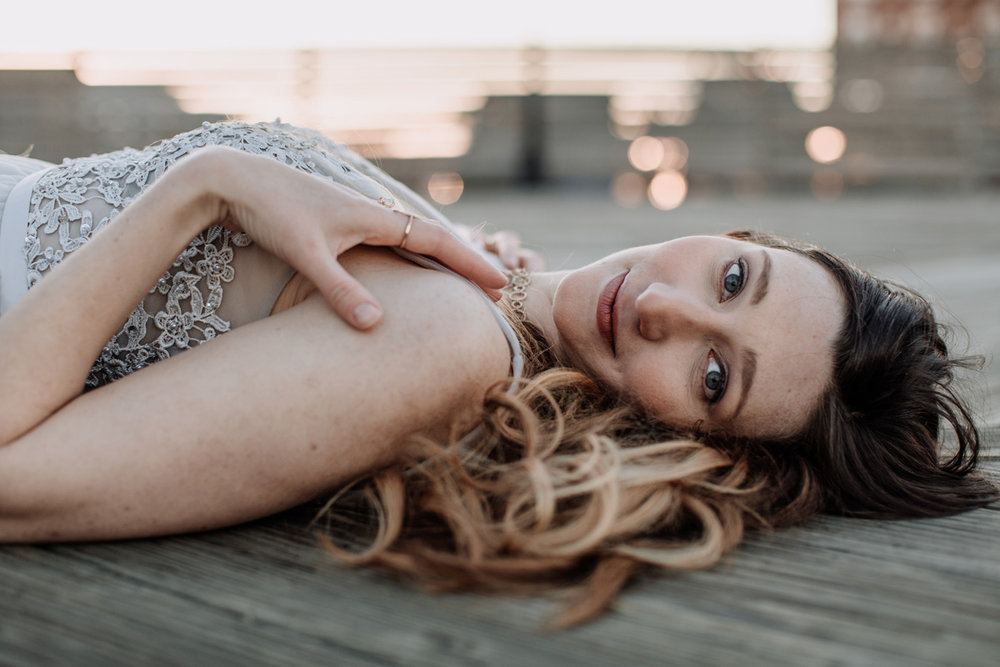 What does a photographer see in an image?
What does a photographer see in an image?
From perusing a number of photography blogs online, I’ve noticed the trend of photographers talking about their work. I do it myself here from time to time. It makes a lot of sense, really, because these are the images we are most closely connected to. They are a result of personal and/or professional interests, so our passions are pretty deep rooted.
While this type of introspection and inspection can be interesting, I’ve come to realize that as a “professional photographer”, it is easy to lose sight of how a regular person interacts with a camera. There is a carefree abandon that comes from just picking up a camera and starting to take pictures, without having some foundation of knowledge to be working off of. I know in my own world, whenever I have a camera in my hands – I am immediately processing many different things, from photography rules (like the Rule of Thirds), exposure rules (such as balancing an exposure using The Exposure Triangle), to the light and leading lines (or lack of them) in the environment…it’s really quite significant.
One Way Researchers Have Used Photography
 One of the more interesting approaches to extracting something scientific from the world comes in the form of participatory photography. Also known as “photo voice”, “visual voice”, and “talking pictures” – it really is an approach to studying different scenarios by enabling photography to be a form of language. There is something about a person taking pictures that is distinctly different than just talking or reading written words. It’s intangible and very much personal.
One of the more interesting approaches to extracting something scientific from the world comes in the form of participatory photography. Also known as “photo voice”, “visual voice”, and “talking pictures” – it really is an approach to studying different scenarios by enabling photography to be a form of language. There is something about a person taking pictures that is distinctly different than just talking or reading written words. It’s intangible and very much personal.
In a real world study going back to 1999, researcher Caroline C. Wang documented how this concept could be applied in Photovoice: A Participatory Action Research Strategy Applied to Women’s Health – published in the Journal of Women’s Health.
While the intention of photovoice in the context of this is geared towards using photographs to help achieve social and political endpoints, the results are beneficial regardless because, in simple terms, they expose how people perceive themselves and their personal situations. In this research, it’s mentioned that photovoice is used in a number of settings such as by:
- people living in homeless shelters
- urban health advisors
- homeless and marginally housed young and older women
- county health department leaders and constituents
- Chinese village women documenting every day health and work realities
In short, people in these particular situations (and others) – be they social status (ie: homeless), in a specific social role (ie: health advisors), or limited to a specific location (ie: China) – are provided with a camera and given free reign to document their experiences.
Their resulting images reflect things about them personally.
And the images may also reflect their larger socio-cultural group and status.
When the pictures wind up in front of someone else, they can be hugely impactful.
When looking at harsh realities of the world, such as has been documented of starving children in Africa as in the below image by the late photographer Kevin Carter, it can create an immediate emotional response. For some viewers that it particularly moves, it can even create lifestyle changes such as more donating of time and money to charity.
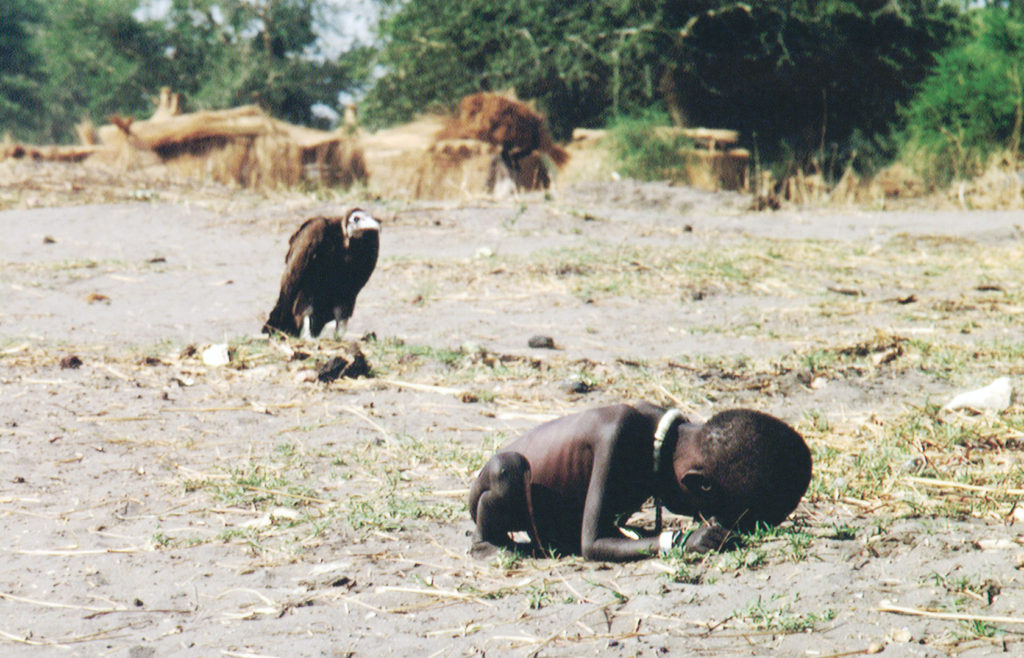 In practice, photovoice as a scientific undertaking comes paired with a suggested methodology that can be used by other researchers looking to adapt it to different scenarios. One of the end goals of this process is for the researcher(s) to meet with the participants to discuss in further detail their images.
In practice, photovoice as a scientific undertaking comes paired with a suggested methodology that can be used by other researchers looking to adapt it to different scenarios. One of the end goals of this process is for the researcher(s) to meet with the participants to discuss in further detail their images.
As has been mentioned, pictures on their own form a type of language, but when paired with spoken words and writing – the creators true purpose can be uncovered.
The unveiling of the photographer’s intent removes some of the mystery, but can help to elaborate on what is seen. It provides context to the pictures. While useful to researchers, a viewers perception of a photograph comes detached from this conversation – and it’s here where photographs are at their most powerful.
For continued reading, check out Fotohistorias: Participatory Photography as a Methodology to Elicit the Life Experiences of Migrants.
Auto-Photography: The Researchers Attempt to Realize Empathy
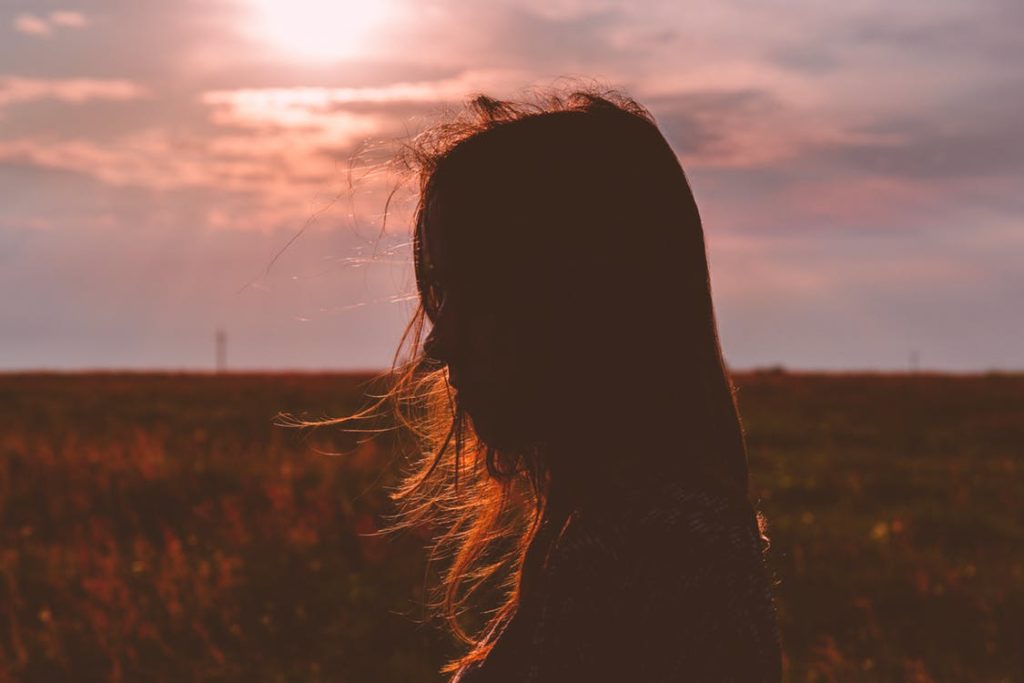 While the initial study I looked at goes back into the 90’s (and I’m now feeling old because of this), a more recent study takes many of the same ideas and modernizes it in the form of “auto-photography”.
While the initial study I looked at goes back into the 90’s (and I’m now feeling old because of this), a more recent study takes many of the same ideas and modernizes it in the form of “auto-photography”.
In practice, many of the techniques remain the same –
- give a selected person (or group of people) a camera,
- some minor prompting (if any at all),
- and let them take photos of the things they see.
Researchers then review the images and hold discussions with the participants to try to access some deeper meaning.
Where things are different is the focus of the research. While Photovoice emphasized heavily cultural, economic, and political points – Carey M. Noland’s paper Auto-Photography as Research Practice: Identity and Self-Esteem Research aspires to investigate personal matters within its subjects.
This movement inwards is driven by a desire to allow participants to showcase themselves in a more authentic manner. By the revealing nature of photography, which requires the participant to impart some part of themselves into the photo – be it their compositional eye, choice of perspective, choice of subject, etc. – it exudes a subjectivity that is difficult to replicate.
In John Berger’s book Ways of Seeing, which is referenced in the study, he covers this topic perfectly in a brief summary:
An image is a sight, which has been recreated or reproduced. It is an appearance, or a set of appearances, which has been detached from the place and time in which it first made its appearance and preserved–for a few moments or a few centuries. Every image embodies a way of seeing. Even a photograph. For photographs are not, as often assumed, a mechanical record. Every time we look at a photograph, we are aware, however slightly, of the photographer selecting that sight from an infinity of other possible sights… The photographer’s way of seeing is reflected in his choice of subject. – John Berger
Returning to Noland’s research, there were 2 primary studies conducted.
The first – on a group of Latina school children.
The second – on a group of Indian women.
While there was some variation in the study protocols – specifically what came after the participants took the photos – they both fundamentally looked into the same thing, and contributed to the same conclusions. A key quote I’d like to highlight:
Participants found symbols of their identity in their environment and took photographs of those representations; this demanded time and thoughtfulness on the participants’ part. It required each woman to contemplate her identity and think about how she wanted to represent it. The participants carefully selected each image. – Carey M. Noland
For more elaboration on the topic of auto-photography, you can read about it here.
Talking About Identity
 I don’t know about you – but this interlinking of photography with our identities is really interesting to think about!
I don’t know about you – but this interlinking of photography with our identities is really interesting to think about!
In practice, really anything we do in life is done from our own perspective. I make my breakfast in a certain way every morning, I brush my teeth in a specific way, I check all of my pant and coat pockets for key items (wallet, phone, keys…) consistently throughout the day. All of these things are the little quirks that add up to equal “me” in some capacity.
Photography is really one of the best culminations of this reality. Because while other people can observe my quirks in passing, photographs stick around as remnants of my thought process at a specific point in time.
When shooting a wedding, every decision I make – whether well thought out or just a flinching response – is key to capturing moment’s for my clients. It’s this ability and perspective that people ultimately pay for, and it’s valuable – but difficult to actually attribute value too in any simple way.
Given this importance of identity being imparted by the person taking the photo, a photograph viewer’s identity also plays a significant role in their experience of the picture.
The photographer was thought to be an acute but non-interfering observer–a scribe, not a poet. But as people quickly discovered that nobody takes the same picture of the same thing, the supposition that cameras furnish an impersonal, objective image yielded to the fact that photographs are evidence not only of what’s there but of what an individual sees, not just a record but an evaluation of the world. – Susan Sontag
Trained Photographers Can Game the System
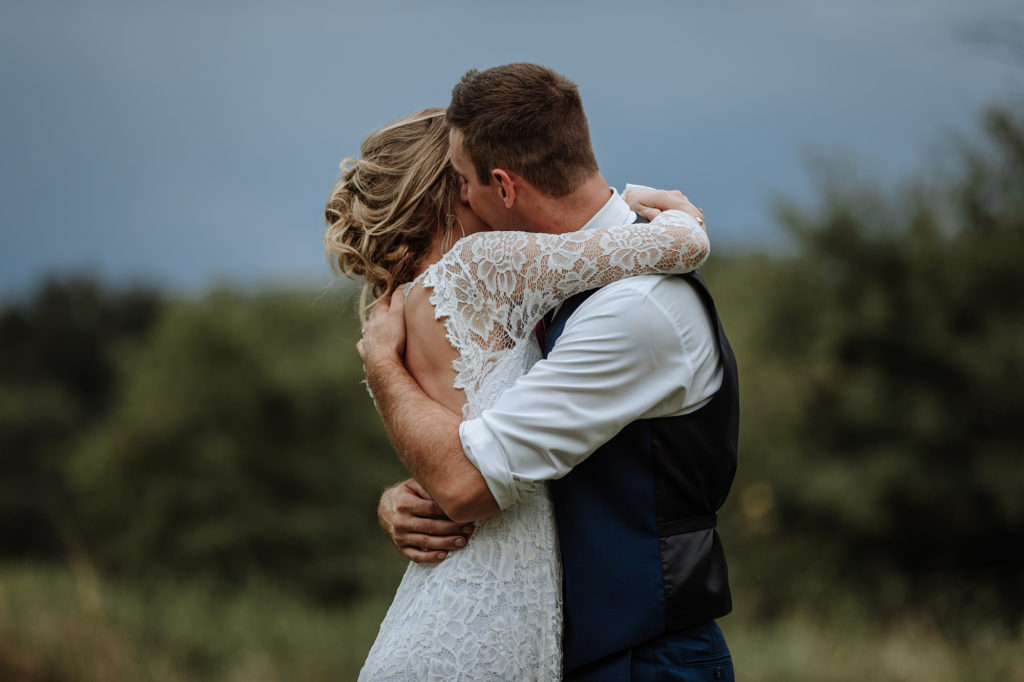 While anyone can take pictures and meaning be derived from them, one of the things researchers commented on was how the photos taken by many participants in these research studies were fairly bland. It’s not surprising – considering handing a person a camera and telling them to “take pictures” doesn’t give them a skill set to take great photos right out of the box.
While anyone can take pictures and meaning be derived from them, one of the things researchers commented on was how the photos taken by many participants in these research studies were fairly bland. It’s not surprising – considering handing a person a camera and telling them to “take pictures” doesn’t give them a skill set to take great photos right out of the box.
In all the talks about what a photograph means, it is important to keep in mind that the average camera user, when compared with a trained photographer, will have pretty drastically different results. By trained photographers, this might include professionals who do it as a career. Or it could include hobbyists or even school students who have studied the art and science of photography.
Pretty much – if a person has been exposed to the “rules” of photography. The Exposure Triangle. Tips for lighting a space. And so on, they have more knowledge going into things that will help them to create more compelling images.
For the sake of creating a cohesive article about what people find interesting in photographs, it’s a good breaking point to look at some of these tools that photographers can use to enrich their photos.
5 Simple Photography Rules to Keep in Mind
- The Rule of Thirds. This is one of the first photography rules people learn – whether they are self-taught or going through a formal photography education class. The rule of thirds involves visualizing a scene as being broken up into a grid with three horizontal and three vertical lines intersecting. Where these lines intersect is viewed as the most interesting part of the photo – so when taking a photo, points of interest should fill into that space.
- Use Leading Lines. Leadings lines are lines that are naturally or artificially occurring in a scene that draw attention into the photograph. Often (but not always), leading lines lead to a point of interest like a person.
- Create Visual Depth. Photographs operate on a 2D viewing plane (meaning: they’re flat!). But, when a photographer takes advantage of great foreground, mid-ground, and background features – it can create the illusion of an image being almost three dimensional.
- Fill the Frame. Often, filling the frame with things going on can make for a more interesting photo. Whether a portrait where you get an entire person’s profile in the shot, or a sweeping panorama landscape including many essential natural features – you get the idea. 🙂 Of course, some great shots go the opposite direction and incorporate a lot of negative space too – so it’s a rule that is meant to be broken.
- Use the Light to Your Advantage. While an immense topic in and of itself, the ability to use light (whether natural or artificial) is key for photographers. Most people aren’t all that aware of how light can influence a picture so dramatically – but with the right light, a photograph of any type can be really amazing.
By using these rules and concepts, photographers are able to showcase not only their personal point-of-view, but they can also create content that other people will find visually appealing.
If you want more advice for taking great photos, check out our article 101 Digital Photography Tips.
What Do Photograph Viewers Find Interesting?
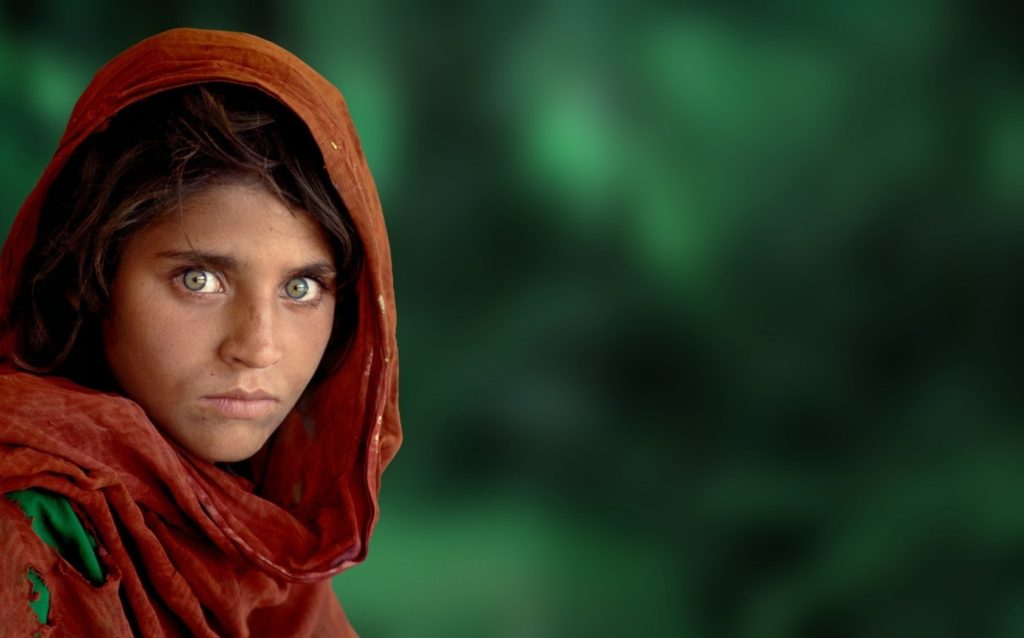 Now that we discussed some ways photographers can fabricate compelling images, and the way people in general relate to photography, we can really get into what viewers find interesting.
Now that we discussed some ways photographers can fabricate compelling images, and the way people in general relate to photography, we can really get into what viewers find interesting.
To kick it off, we can take a look at Four Studies on Visitor Responses to Photography, a compilation of research put together for the Smithsonian Institute. Despite different methodological approaches to each of the studies, as well as the different type of people enlisted to participate ranging from established photographers to non-photographers, the end result of each was surprisingly consistent:
The findings from the four studies are remarkably consistent in one regard: they indicatethat visitors are most attracted to photographs that appeal to their personal interests,especially in history and the natural world, or that have an emotional story to tell,particularly one that sheds some light on America. Visitors are looking for a humanconnection.
Honestly, this type of conclusion is about what I would expect.
As someone who looks at a whole lot of photos in a variety of settings, the things that really grab me fall into these types of categories. On the whole, most people will find photos interesting if they have the following characteristics:
- Showcase something that is personally interesting to the viewer
- Convey strong emotions
- Reveal a story – whether in a single photo or as a part of a collection of photos
These are some of the things that are immediately attention grabbing. But, what may keep people drawn into a photo to want to examine it further will likely be the aesthetic qualities. This reflects the decision of the photographer (whether intentional or not) to take a photo in a certain type of lighting, at a particular time of day, and so on. Some of the things we find compelling (and you can feel free to chime in here!) include:
- Choice of color – especially when there is a pop of color
- Photo editing style (if applicable)
- Lighting choices – whether using natural light or artificial
Conclusion
There are many things that comprise a great photo. Whether you are the photographer or a viewer of images, we share a lot of common. It all makes sense given the one thing that dictates a really interesting photo is the ability for people to connect with one another through them. It’s the human element that really shines through.